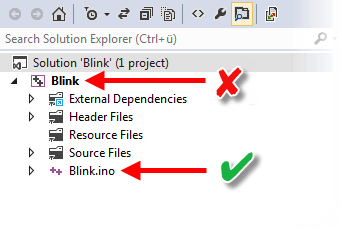

Retaining mature trees can add a lot to the ‘amenity value’ of a property, while helping to mollify planners and disgruntled neighbours. The problem is, notoriously thirsty species such as willows and poplars can cause ground instability in subsoils such as shrinkable clay.Īs a rough guide, it is recommended that buildings on conventional foundations should not be closer to single trees than the height of the tree at maturity, or one-and-a-half times for groups of trees the National House Building Council(NHBC) publishes tables showing ‘safe distances’. To determine foundation depths, you also need to consider the shrinkability of the subsoil and the water demand of the species, as well as noting the distance of trees from foundations.Ĭutting down trees can also cause problems. For several years following the clearing of a site, clay soils can gradually expand, absorbing the moisture no longer taken by the trees.

The foundation design needs to allow for this. SOLIDWORKS PDM permissions control the SOLIDWORKS PDM File Explorer operations you can perform on files and folders.Root barriers can be a useful method of protecting foundations. When you retrieve a file from the vault, a copy is placed in a working folder on your local hard drive.

Users with access to the Administration tool can access administration functions that affect their SOLIDWORKS PDM File Explorer view. Files that are checked out from the local view must be checked in to ensure that the most recent updates are saved to the vault. When you delete the local view of a vault, the actual vault is not deleted. You can change your SOLIDWORKS PDM password from the Administration tool. You can work on files in your local cache off-line when you are not connected to a SOLIDWORKS PDM vault. To manage your files, you log in and open a file vault. To access files, you create a local file vault view that connects directly to the file vault. A file vault is a central archive for files and the database that stores information about them.


 0 kommentar(er)
0 kommentar(er)
